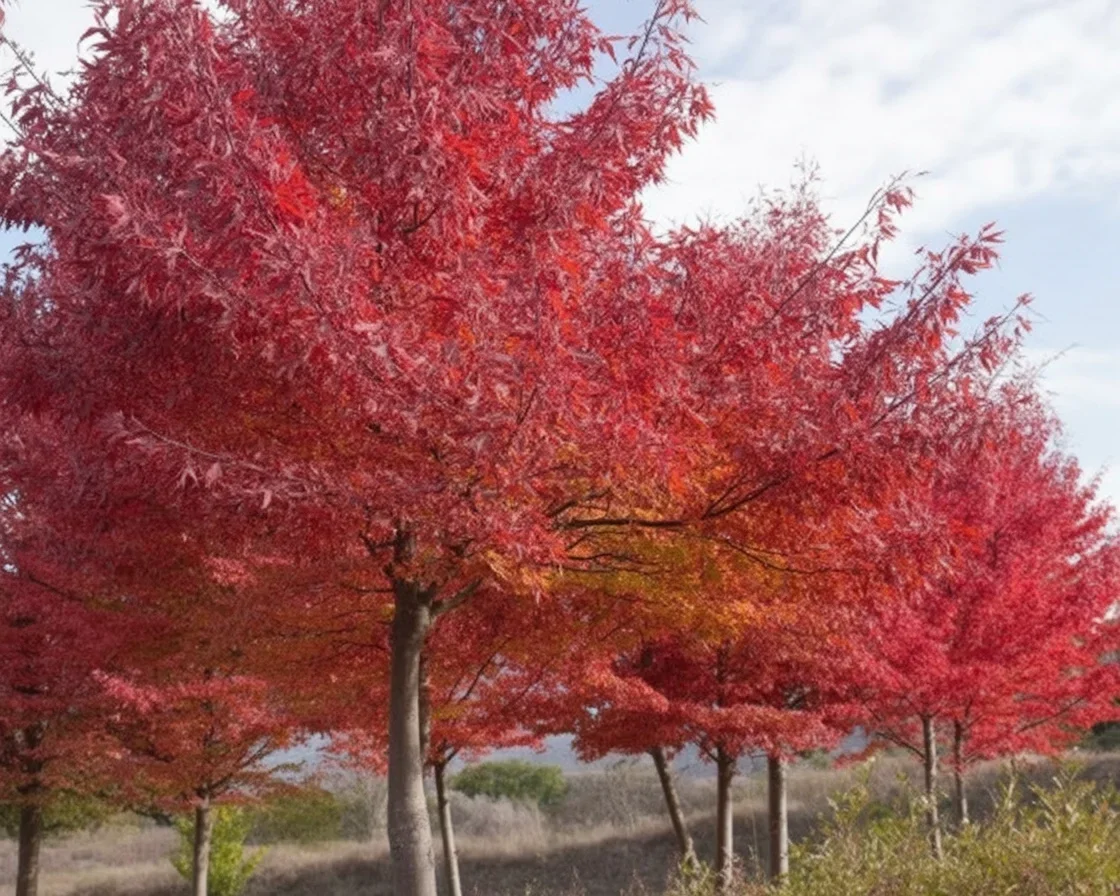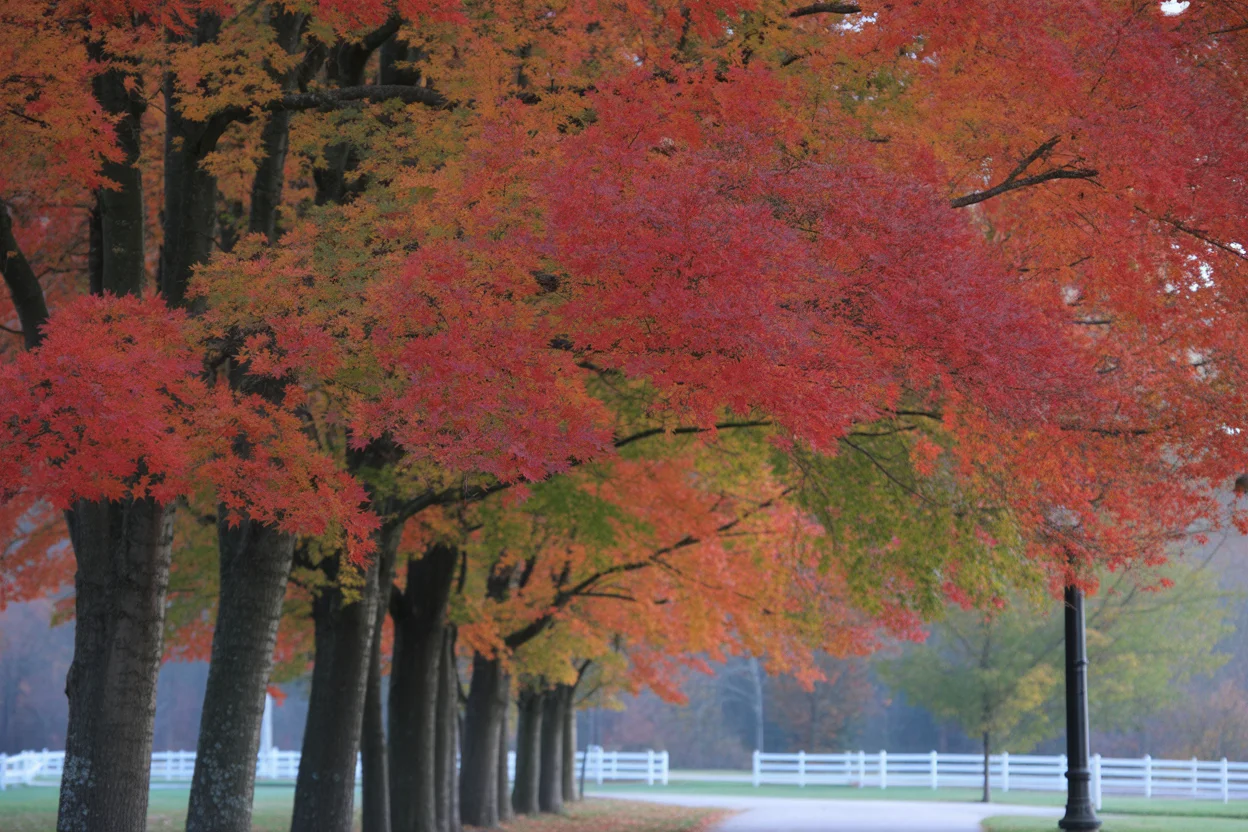Red Maple Trees are kind of like that reliable neighbor who always waves and bakes cookies for the block party. You look out your window, spot one in all seasons, and think—hey, that’s some good shade. But if you’ve been standing behind your curtain, wondering how folks get those show-off fall colors and healthy boughs, I get you. Before I finally caved and planted mine, I obsessed over articles for weeks. If you’re pondering whether these classic beauties are right for your yard or if you’d survive a planting season (I hear ya), you’re gonna want to check out what makes them special for yourself. Also, don’t forget, they’re one of the 10 fast growing shade trees to transform your yard (which totally sold me, by the way). Need a quick guide? Here’s a stellar list of fast growing shade trees that should answer any “but is it hard to grow?” doubts!
Table of Contents
Description
Let’s talk about what Red Maple Trees really look like. They’ve earned their name for a reason—seriously, every inch of ‘em, from the cute pointy leaves to the little red flowers and even reddish twigs, have a wash of color at some point during the year. In spring, the new buds pop with red, and by fall, you get that five-star restaurant kind of foliage. Not a joke, the color’s wild.
Height wise? Pretty tall. Think somewhere between 40 and 70 feet once it’s feeling all grown up. Sometimes bigger, if it’s showing off. And here’s a fun one—those leaves? Three or five pointed, like a classic maple leaf you’d press into a book for a keepsake.
A buddy of mine once planted one near his driveway and, no kidding, it became the landmark for pizza delivery guys. If you want your yard noticed, this tree is basically Mother Nature’s spotlight.
Red Maple Care
So, here’s where things got real for me. Red Maple Tree care isn’t rocket science, but you don’t wanna slack either. Watering is key first year—think deep soaks, especially if you’re sweating through a summer like mine in Georgia. After it settles in, these trees become fairly low-key.
Prune small branches in late winter when the tree’s napping. Take out any weird crossing limbs. A bit of mulch helps keep roots happy. If your soil’s too alkaline though, watch out—leaves might go pale. Sometimes a dose of iron or organic matter is all it needs.
Fertilizer? Meh, not usually needed for established trees (learned that the hard way…big leafy mess one fall). If you want shade quick, this is still a top pick, but give it some love the first year. Trust me, you’ll get more color and less drama. 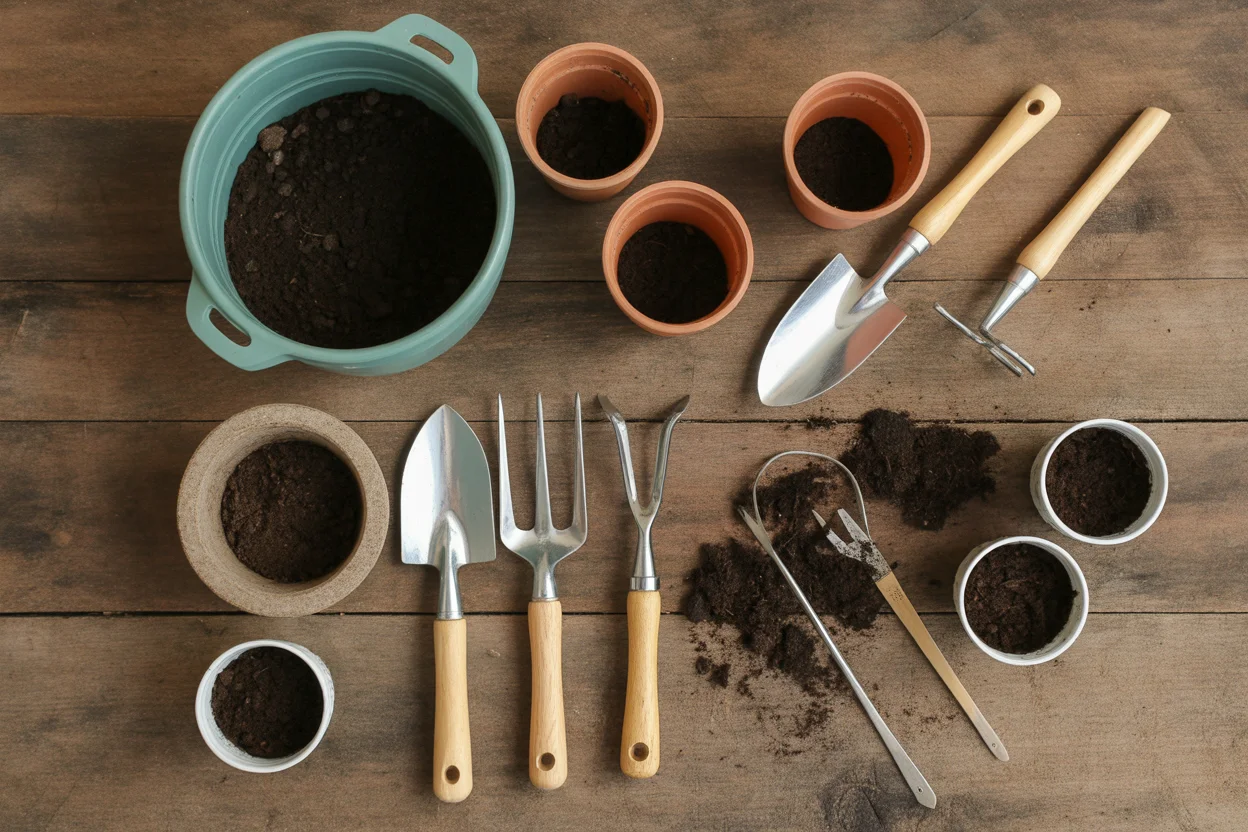
How Fast Do Red Maple Trees Grow
Now, the million-dollar question. How speedy are these trees? Short answer: pretty swift for something that lives a century. Expect 12 to 18 inches of growth a year, sometimes even more if it’s in perfect conditions and you’re lucky with weather.
If you picked it hoping to shade your patio by, say, next Thursday, sorry. You may need to be patient for a few years. Still, in the world of trees, Red Maple Trees are Olympic sprinters. Folks love ‘em for this. No long waits clutching that lemonade and hoping for some shade.
Wanna see how they compare to other backyard heroes? I spotted a fab comparison in that 10 fast growing shade trees to transform your yard article—it really opened my eyes to how this one stacks up against the rest. 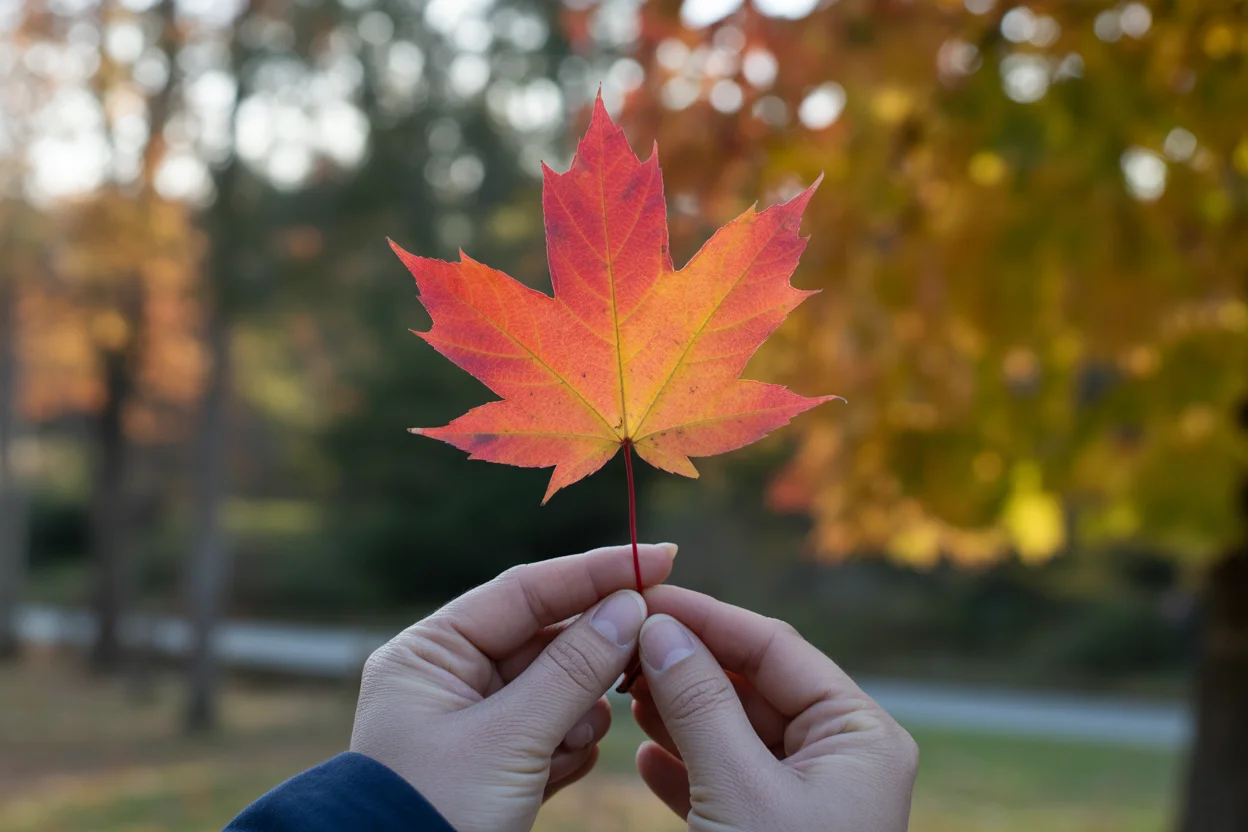
Types of Red Maple Trees
You’d think a Red Maple Tree is a Red Maple Tree, but, ha—not so fast! There are actually a handful of varieties, each with its own twist on color or texture. Now, I didn’t know this until I walked into a nursery and the clerk tossed out fancy names like ‘October Glory’ or ‘Red Sunset.’
‘October Glory’ puts on the showiest autumn colors, truly fiery. ‘Red Sunset’ is a crowd favorite for its strong limbs and early fall color (I almost grabbed one, but my neighbor beat me to it). There’s also ‘Autumn Flame’, which, let’s be honest, wins points for the name alone.
If you’re in colder climates, ask about the hardiest types. Not all will thrive in Florida humidity or New England winters. Local experts can steer you right—don’t just trust what you read online. (Yeah, irony, I know.)
Propagating Red Maples
I’m not saying you need to start a tree farm, but propagating Red Maple Trees is pretty doable if you’re the DIY type. Start with seeds in the fall (they drop from the tree’s helicopter-like fruits) or use cuttings in summer when growth’s strong.
Word to the wise? Seeds like a cold snap—let them stay outside during winter, or mimic it in the fridge if you’re impatient. For cuttings, grab a branch about as thick as a pencil. Stick it in moist soil and cross your fingers.
Propagation isn’t a guaranteed success story—sometimes Mother Nature throws you a curveball. Still, worth a try if you’re looking to double the backyard beauty without spending a dime.
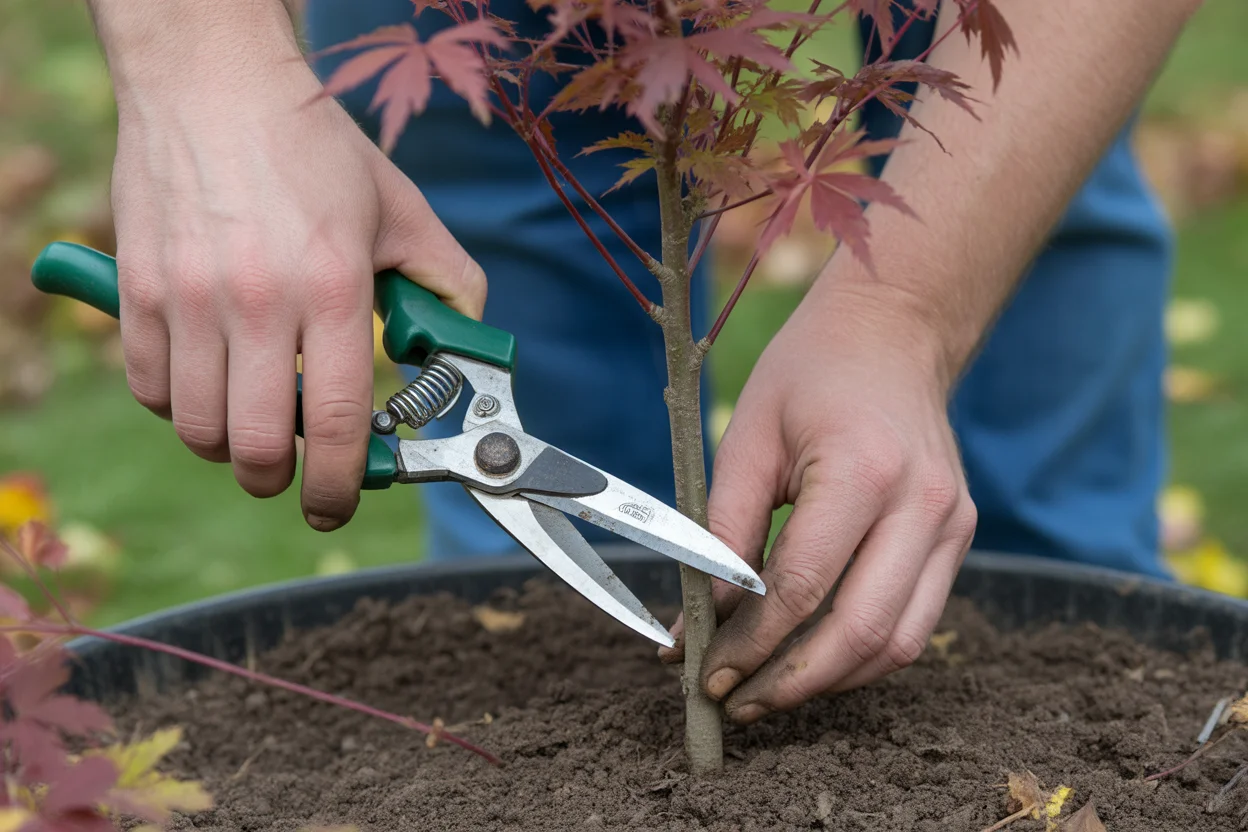
Distribution and habitat
Let’s dig into where you’ll actually find Red Maple Trees. They’re all over the eastern U.S. (honestly, you can’t drive through the Appalachians without seeing their red crowns in October). From swamps to sand dunes, these guys aren’t picky—another reason they’re on so many people’s fast growing shade trees lists.
Here’s a peek at where they pop up:
| Region | Climate Preference | Soil Type | Unique Note |
|---|---|---|---|
| New England | Cold, wet | Loamy or clay | Best fall colors |
| Southeast | Humid, hot | Sandy or wet | Needs more water first year |
| Midwest | Variable | Anything except very dry | Watch for wind! |
So yeah, unless your yard is a desert, you’ll likely do fine.
Ecology
Here’s some cool trivia—Red Maple Trees are not just pretty faces. In spring, before anything else is awake, they’re dishing out pollen and nectar for early bees. Bird nests? All over. Squirrels basically throw tiny raves in the branches, trust me.
These trees are also tough cookies—handle floods, kind-of-bad soils, even city pollution. Not invincible, but definitely sturdy. Plus, their roots keep riverbanks stable, which keeps our creeks from getting wild in storms.
Honestly, every backyard needs a bit of this ‘ecosystem helper’ vibe, you know?
Cultivation
Planting Red Maple Trees is like making a big pot of chili—give it what it likes, and it’ll repay you with years of comfort. Start with a sunny spot, though a bit of shade is fine, especially in the afternoon if you live somewhere blazing hot.
Here’s how I did it (still proud): dig a hole a bit wider, not deeper, than the root ball. Set the tree in, fill with loose soil, and water it-in like you’re making mud soup. Stake if windy, but don’t baby it too long—roots like a challenge.
A testimonial from my aunt Lisa, who planted hers in Pennsylvania:
“I never thought I’d keep a tree alive, but my Red Maple Tree survived our first winter and looks gorgeous every October. If I can manage it, anyone can!”
Other uses
Okay, so maybe you’re not planning to harvest lumber from your Red Maple Trees, but they do a bunch of cool stuff besides shade. Some use ‘em for syrup—though not as sweet as sugar maple, so don’t expect pancakes every Sunday. Still, makes a solid firewood, burns clean.
Back in the day, Native Americans made red dye from the bark. And hey, flower arrangements? Those branches, with their scarlet mini-blossoms, look killer in vase.
Plus, you get bonus points for wildlife. I’ve seen more birds, butterfly visitors, and squirrels snagging seeds than I can count. It’s like a hotel for neighborhood critters.
Are red maple trees easy to grow?
Short answer? Yes. Plant it right, water it the first year, and let it do its thing. Red Maple Trees are forgiving for beginners and not fussy about soil. If you forget a week, they’ll usually forgive you but don’t push your luck either.
- Water well during drought.
- Mulch to keep roots cool.
- Prune in late winter to shape.
- Test your soil every other season.
Just a little TLC and you get all the credit.
How long does it take for a red maple tree to fully grow?
Here’s the scoop—Red Maple Trees hit their stride at around 20 to 30 years, but can live for over a century. For them to look ‘grown up’ (tall, wide, lots of leaves), expect about 25 years. In the early days, they grow quick, so you’ll have decent shade in under 10.
Still…don’t rush the journey. The magic is watching it mature season after season. My own tree was tiny when I started out, but now? It’s the anchor of my whole backyard.
Can you grow a red maple from a seed?
Totally, and it’s kind of a fun experiment. Collect seeds in late spring—those whirligig things—dry them, then give ‘em a fake winter in the fridge for 2-3 months. Plant outside after danger of frost. Not all will sprout, but you might get a few surprises.
If you’re a patient soul, growing Red Maple Trees from seed is cheap and oddly satisfying. Plus, you’ll be able to say, “Yeah, I grew that thing from scratch.” Who doesn’t want bragging rights?
Ready for Tree Magic? Your Yard’s About to Shine
Let’s wrap it up. If you want low-drama, high-reward shade and a killer view every fall, Red Maple Trees are top of my list. Trust me, once you’ve seen those leaves lighting up the neighborhood, you’ll never regret planting one. Honestly, grab yours from a solid spot like the Arbor Day’s Online Tree Nursery, or if you want all the nerdy details, check out Acer rubrum on Wikipedia. You don’t need to be a plant pro to get started—just a little patience and some muddy boots. Get planting! 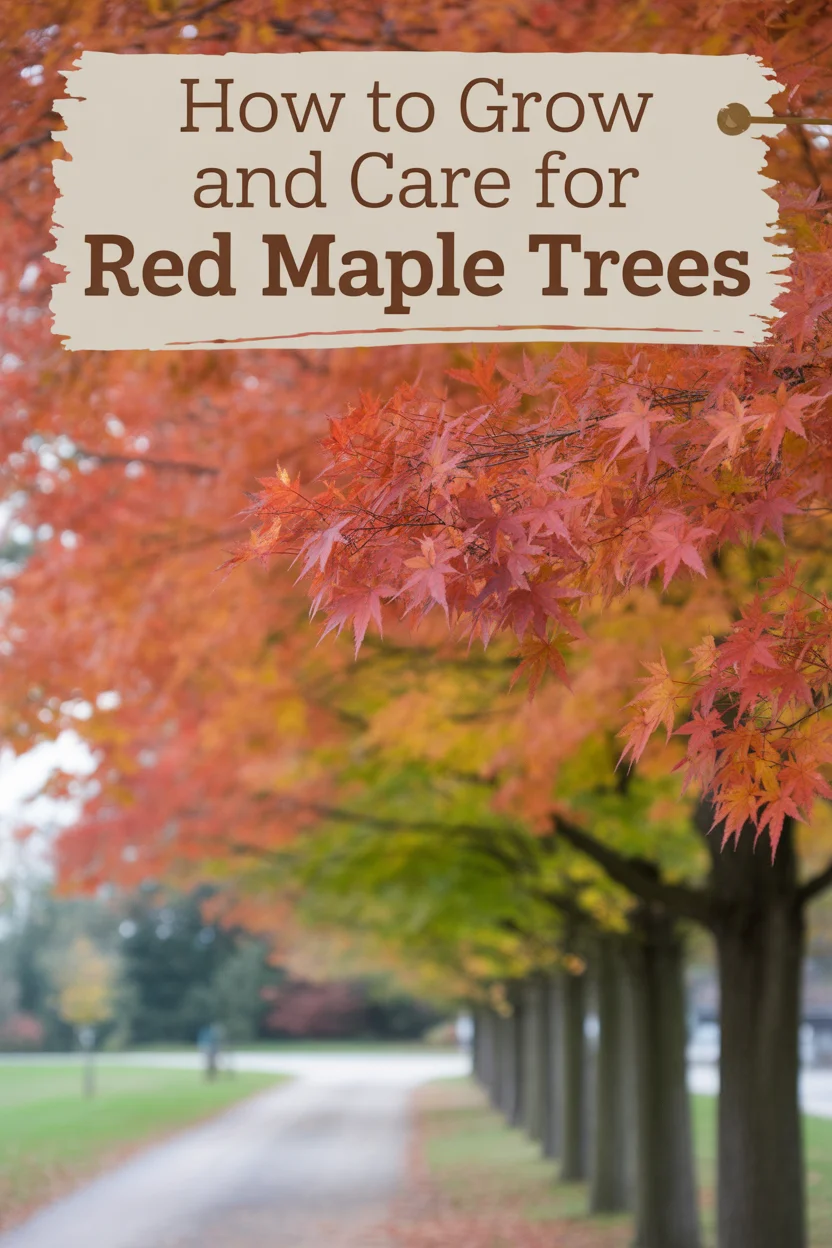
Common Questions
Q: Do Red Maple Trees really need a lot of space?
A: They love to stretch out. Give them 20 to 30 feet away from your house or driveway. Roots will reach, so better to plant smart.
Q: Can I plant Red Maple Trees near my septic or water lines?
A: I wouldn’t. Roots like to travel, and you don’t want plumbing headaches. Find a farther spot.
Q: Are there pests or diseases to worry about?
A: Sure, some. Leaf spot, aphids, or scale, but mostly they’re minor. Keep an eye out, and handle early if you spot anything weird.
Q: Do Red Maple Trees drop a mess in the fall?
A: Truth time—they shed plenty of leaves. They’re gorgeous, but expect autumn raking, especially after a windy day.
Q: How can I get the best color?
A: Sun! More sunshine means deeper reds. Well-drained, slightly acidic soil helps too.
